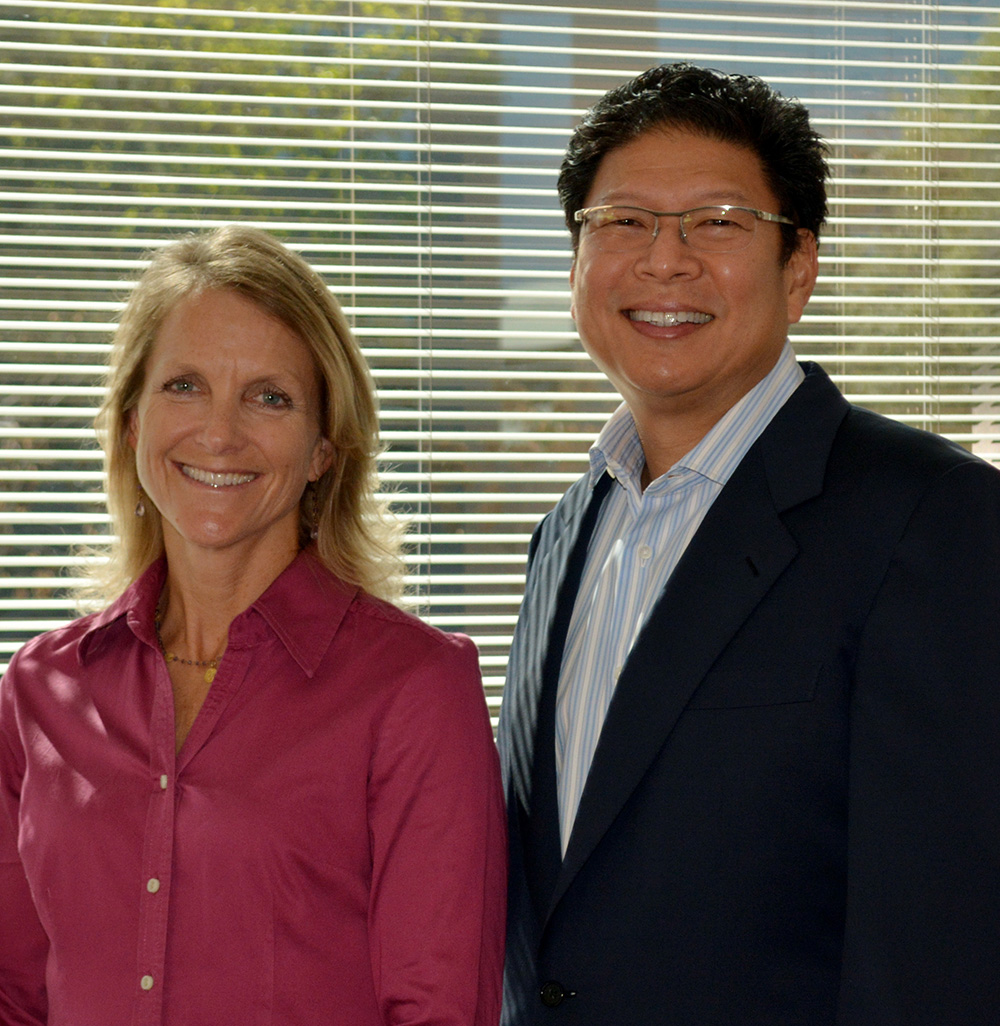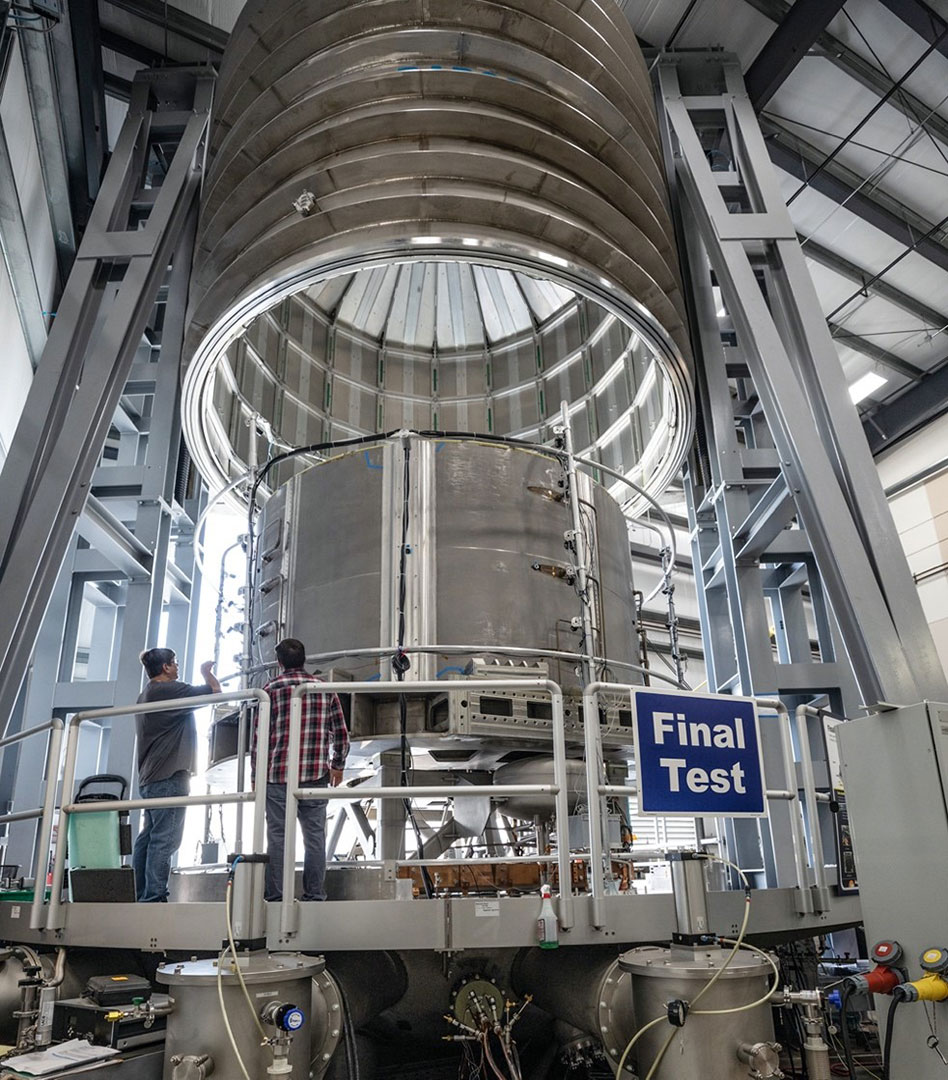Daily Business Report-April 8, 2015
The Cymer Ideation Space and Donald’s Garage are located on the first floor of Loma Hall at the University of San Diego.
University of San Diego to Open Facilities
For Turning Ideas into New Products
University of San Diego’s Shiley-Marcos School of Engineering will open the Cymer Ideation Space and Donald’s Garage on Friday — facilities where students can develop ideas in one place and then turn them into prototypes in another. A dedication ceremony and tours of the $4.5 million facilities will take place from 3 to 5 p.m. at USD’s Loma Hall.
Totaling some 10,000 square feet, the new facilities will provide students with the space and tools they need to invent and design to find the discoveries and inventions that could transform lives.
Work will begin in the Cymer Ideation Space, where students can meet with professors and industry representatives to brainstorm and collaborate on new engineering ideas and designs. The space includes flexible furniture and walls with writeable white boards for students to sketch out ideas.
Students can then take their ideas and turn them into prototypes in Donald’s Garage. The space — featuring an array of design and prototyping machines –is named after the late Donald P. Shiley, co-inventor of a revolutionary heart valve. His wife, Darlene Marcos Shiley, made the gift to establish the school.
“If you are going to invent and create and solve problems where the answer can’t be dictated immediately on a blackboard, you don’t do that in a traditional classroom,” said Engineering Dean Chell Roberts. “You have to be able to tinker with things, to make mistakes and errors and then build and test and create.”
The new facilities also include machine and wood shops and a fabrication lab where students can turn concepts into life-size, workable products using machines to weld, laser-cut and shape metals and plastics. Phase two of the renovations for an additional 9,000 square feet of research space will begin this fall.
The gift from Darlene Marcos Shiley made it possible for the university’s engineering programs to become a full-fledged school in the fall of 2013. An additional gift from Cymer Inc., the San Diego-based maker of complex lasers used in semiconductor production, also helped create the new facilities.

Five North County Cities Launch
Program to Fuel Regional Job Creation
The North County cities of Carlsbad, Escondido, Oceanside, San Marcos and Vista have launched Innovate78 — a branding and economic development initiative that will promote the 78 Corridor as a magnet for talent, companies and investment. Home to more than 600,000 residents and 20,000 innovative businesses, the initiative will continue to fuel regional job creation.
The announcement was made at a launch event Tuesday at Cal State San Marcos where the mayors of the cities laid out their plan for prosperity and growth along the 78 Corridor, and unveiled a new website, Innovate78.com.
The website will serve as a resource for the cities to attract and retain companies, as well as for companies to attract and retain a skilled workforce.
Innovate78.com includes many interactive features including testimonials from companies, resources for building a business, a job portal, content about educational institutions and opportunities and information about living and getting around on the 78 Corridor. It also highlights attractions, educational institutions and prominent industries, such as life sciences, craft beer (specialty food & beverages), and manufacturing. A map detailing innovative employers, attractions and interest points along the 78 Corridor will be rolled out next month.
Living Coast Discovery Center
Receives $25,000 Grant
The Living Coast Discovery Center, a nonprofit zoo and aquarium located on San Diego Bay in Chula Vista, has been awarded a $25,000 grant from UTC Aerospace Systems’ Goodrich Foundation to support the center’s ongoing STEaM (Science, Technology, Engineering, art and Math) education programs for local youth.
The latest round of funding is part of a year-long partnership between the Living Coast Discovery Center and UTC Aerospace Systems Aerostructures, which share a mission of environmental stewardship in the community. Aerostructures employees will collaborate with the Living Coast staff on a habitat restoration project and their families will enjoy free memberships to the Living Coast for 12 months. Aerostructures employees will also participate in STEaM education mentorship opportunities with students at the Living Coast.
Professional Development Forum
April 10 for Emerging Leaders Network
The North San Diego Business Chamber Emerging Leaders Network has partnered with Millennium Health in hosting the first quarterly Professional Development Forum, “How to Rise to the Top and Make an Impression,”
on Friday, April 10, at the Millennium Health Corporate Auditorium, 15330 Avenue of Science, San Diego. It is open to the public.
The panel facilitating the discussion is comprised of the following local business leaders: Karen Hewitt, partner in charge, Jones Day; Dave Bialis, senior VP and region manager, Cox California; Nicole Mober, national sales VP, Millennium Health; and Glen Hopkins, vice president, Hewlett-Packard.
The panel will discuss various topics including How to balance day-to-day performance versus future development, top qualities of a great leader, methods to prioritize your work as well as answering questions from the forum attendees.
The Emerging Leaders Network provides professional growth opportunities for local young professionals that focus on developing the future business leaders of our community. For more information, visit the chamber website at www.sdbusinesschamber.com or call (858) 487-1767.
Scientists Find Molecular Trigger
Of Schizophrenia-Like Behaviors

Scientists at The Scripps Research Institute have identified a molecule in the brain that triggers schizophrenia-like behaviors, brain changes and global gene expression in an animal model. The research gives scientists new tools for someday preventing or treating psychiatric disorders such as schizophrenia, bipolar disorder and autism.
“This new model speaks to how schizophrenia could arise before birth and identifies possible novel drug targets,” said Jerold Chun, a professor and member of the Dorris Neuroscience Center at TSRI who was senior author of the new study.
According to the World Health Organization, more than 21 million people worldwide suffer from schizophrenia, a severe psychiatric disorder that can cause delusions and hallucinations and lead to increased risk of suicide.
Although psychiatric disorders have a genetic component, it is known that environmental factors also contribute to disease risk. There is an especially strong link between psychiatric disorders and complications during gestation or birth, such as prenatal bleeding, low oxygen or malnutrition of the mother during pregnancy.
In the new study, the researchers studied one particular known risk factor: bleeding in the brain, called fetal cerebral hemorrhage, which can occur in utero and in premature babies and can be detected via ultrasound.
Supervisors Agree to Share Costs
With City on Stadium Issues
The San Diego County Board of Supervisors voted Tuesday to enter into a contractual agreement with the city of San Diego to look for ways to keep the San Diego Chargers from moving out of town. The San Diego City Council also approved the agreement.
The Board voted 5-0 to enter into a Memorandum of Understanding (MOU) with the city. The agreement would allow the county and city to share lawyer fees and the cost of hiring experts for advice on stadium financing options as well as related development, improvement and financial issues. Board members said they were interested only in options that would be a good deal for taxpayers.
The vote to approve the MOU would also set aside $250,000 for one-time legal expenses.

Sandag and Caltrans Preserve
50.5 Acres of Coastal Habitat
The San Diego Association of Governments has spent $6 million to acquire 50.5 acres of prime coastal habitat southeast of the Batiquitos Lagoon that had previously been proposed for a 19-unit housing development.
In partnership with Caltrans, Sandag completed the open space acquisition on March 30 under its TransNet Environmental Mitigation Program. TransNet is the region’s voter-approved half-cent sales tax for transportation administered by Sandag.
“The preservation of the Batiquitos Bluffs property is just the beginning of our efforts to enhance the environment and quality of life in the I-5 corridor,” Sandag Chair and Santee Councilmember Jack Dale said. “Over the life of the North Coast Corridor Program, we expect to spend $250 million to preserve and restore sensitive coastal habitat and improve coastal access at the same time as we build transportation improvements to reduce congestion and greenhouse gas emissions.”
The Batiquitos Bluffs property is made up of two parcels that straddle La Costa Avenue, off El Camino Real. The largest parcel – previously proposed for a 19-unit housing development — is 47 acres and lies in the city of Encinitas. The smaller parcel, 3.5 acres, is connected to the lagoon in the city of Carlsbad. The property will eventually be transferred to a conservation and land management organization to ensure effective stewardship of the land, which acts as an important buffer to protect the lagoon’s water quality.
Statewide Trash Rules
Great for San Diego
The California State Water Quality Control Board on Tuesday put into motion a first-of-its-kind statewide policy to prevent trash from reaching the state’s waters — and San Diego Coastkeeper says it’s a great move for San Diego.
Operating under its Ocean Plan, the State Board’s Trash Policy puts into place a 10-year timeline for the state’s cities and counties to implement one of two paths to compliance, both aimed at getting to an eventual “no trash in our waters” outcome. The State Board modeled its policy after a similar program in Los Angeles that prevents more than 1 million pounds of trash from reaching Southern California waters every year.
“San Diego is currently the largest coastal city in the state without specific trash removal requirements in place,” said Coastkeeper Waterkeeper Matt O’Malley, acknowledging that both Los Angeles and San Francisco have them. “I’ve seen firsthand the amount of trash that clogs San Diego’s urban waters like Chollas Creek and Sweetwater River. We need these trash reduction rules to ensure the San Diego region restores our impacted waters and habitats, and retains its quality of life. We also know that a strong economy and healthy communities depend on clean water.”
Today’s approved guidelines declare a goal of no trash to be present in any ocean waters, bays, or surface waters of the state. As a complement to the state and local bag bans that aim to reduce plastic pollution at the source, California’s Trash Policy puts the impetus on cities and counties to control litter from entering waters through storm drains using one of two programs.
First, within ten years, a municipality can choose to install and maintain trash-catching devices on all storm drains in high-density residential areas, industrial- and commercial-zoned areas, and public transportation stations.
Second, within 10 years, municipalities can create a self-selected trash reduction program to include: increased street sweeping, consumer education programs on littering, installation of trash-catching devices on storm drains, and enactment of local ordinances to ban sources of litter.
Survey Asks Residents What They Want
To See in City of San Diego Website
A survey is underway in which residents can describe what they’d like to see in a redesign of San Diego’s city website.
An example of the way the city’s technology staff is heading is available on the mayor’s web pages at http://www.sandiego.gov/mayor/.
The section was redesigned last month to be more friendly to mobile devices and serve as a testing ground for changes to the overall city website.
“We have to boost the city’s online presence, so I’ve made overhauling our website a top priority,” Mayor Kevin Faulconer said. “We are asking San Diegans in every neighborhood to tell us what online tools and information they want from their local government.”
The survey is online at www.sandiego.gov/designSD until April 17.
City staff hopes to learn what locals and visitors think about San Diego as well as why users visit the city website, what tasks they hope to accomplish once they are there and how it can be optimized for a better user experience in the future.
The findings will be incorporated into the new design, which is to be launched early next year, according to the city.
The website will not only look new to viewers, but also to employees. City staff say that workers who want to update one of the website’s 8,000 pages have to know HTML.
A new content management system will allow pages to be updated faster, which will improve service to website users, according to the city.
— City News Service




